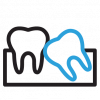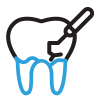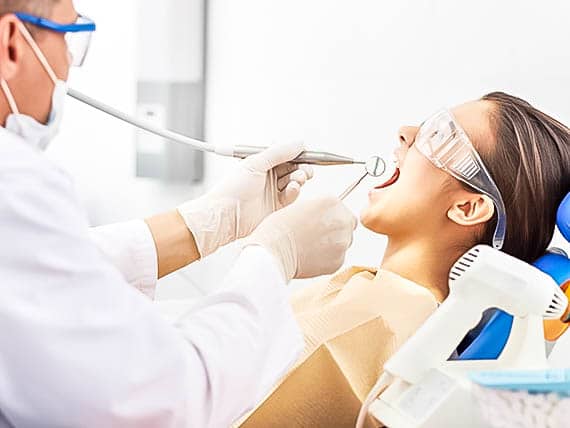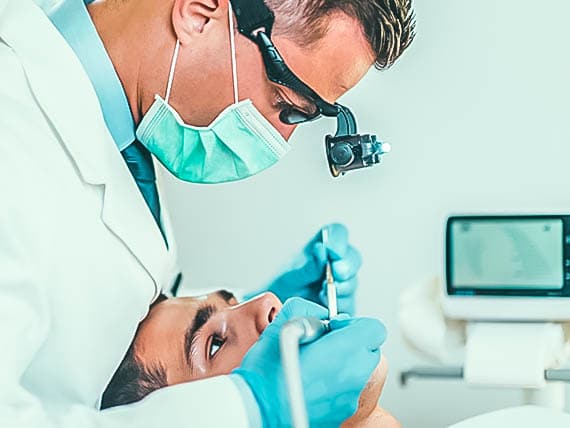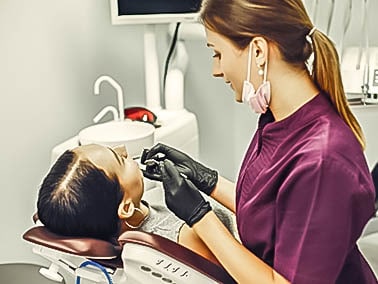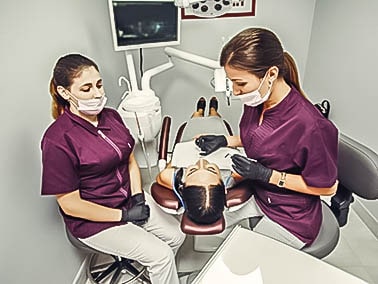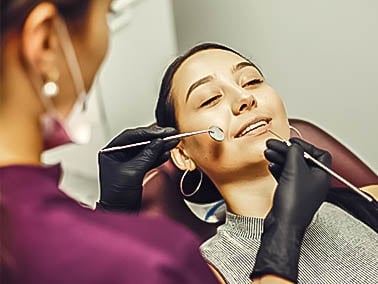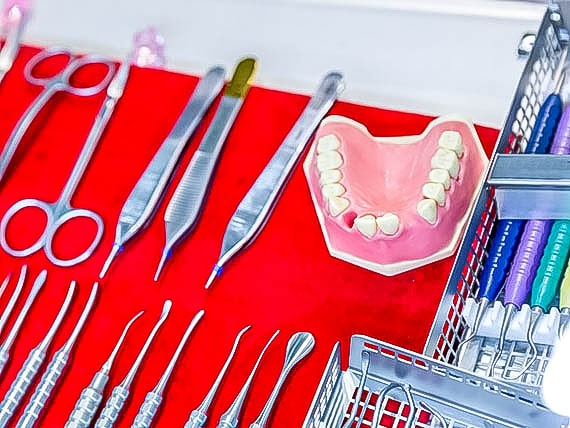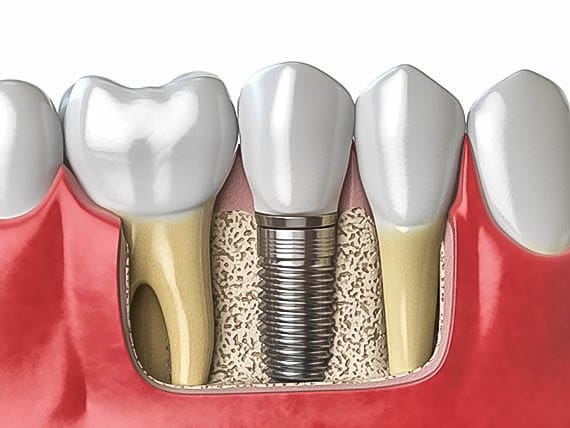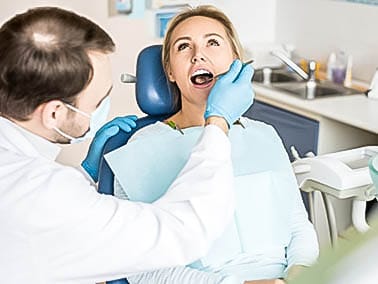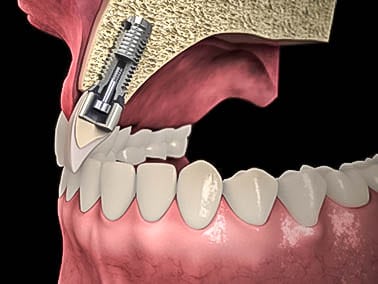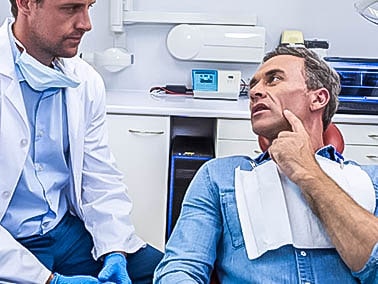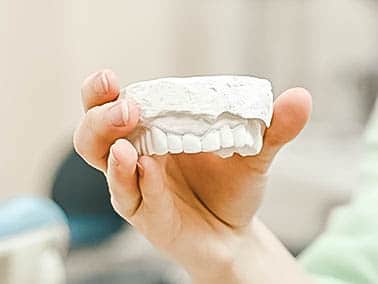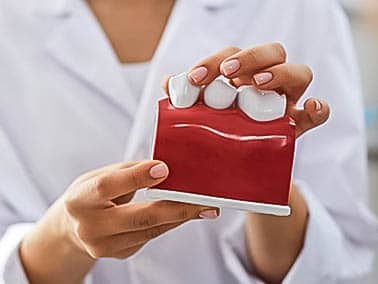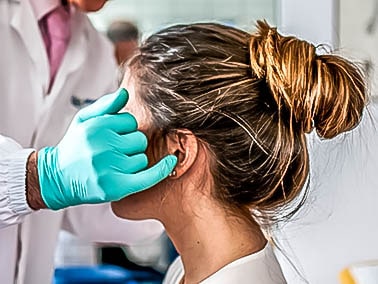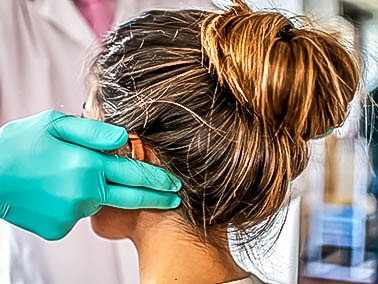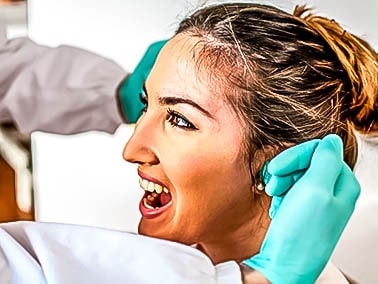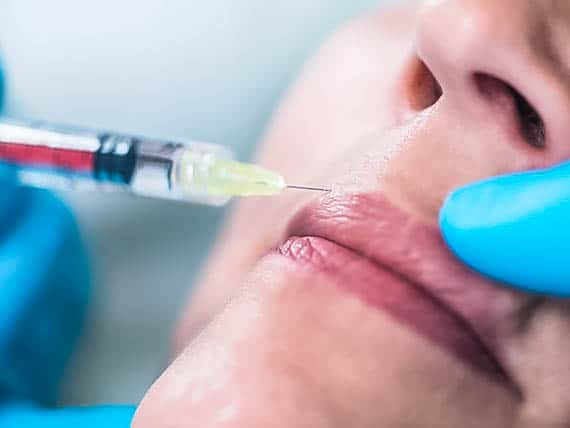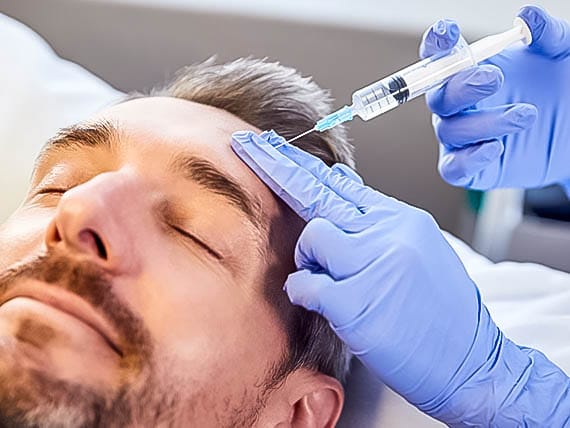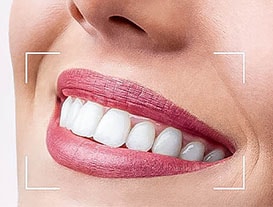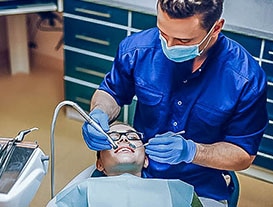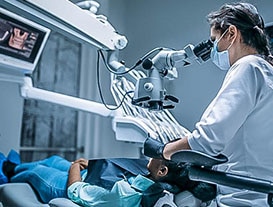Our Dental Implant
Many times wisdom teeth do not have room to grow in properly so they cause problems with pain and infection and must be removed.
If a tooth is damaged, decayed or blocked from full eruption it may need to be extracted. Removing the tooth may save the bone.
An incision is made in the gum exposing the underlying bone and grafting material, processed bone minerals are applied, strengthening the area.
This procedure increases the amount of bone in the upper jaw, in the area of the premolar and molar teeth adding strength for implants.
If there is excessive gum recession a gum graft using existing tissue from the roof of the mouth can correct the problem relatively quickly.
If gums look more prominent than desired, our doctors are experienced in procedures to reestablish proper proportions of your gums and teeth.
Problems with the temporomandibular joint can affect the muscles in your face, cause pain and discomfort when chewing. Both can be fixed with surgery.
Botox is used for the reduction of wrinkles however it can also be used for muscle relief therapy, TMJ disorders and relieving migraine headaches.


